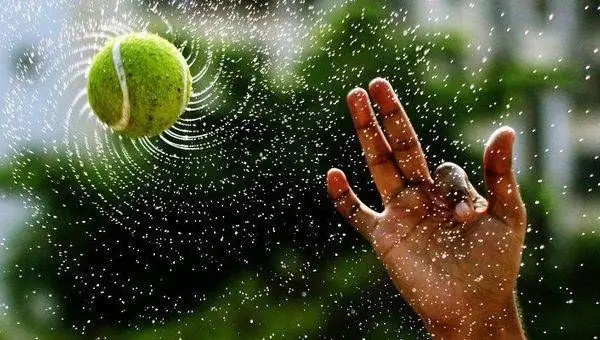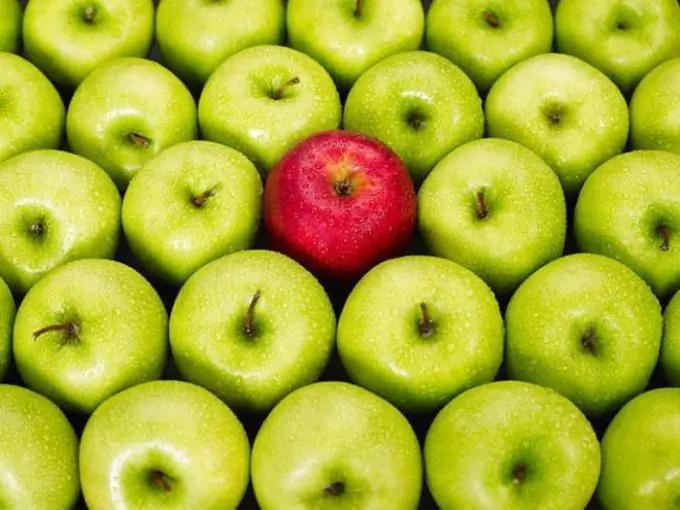- Author Nora Macey [email protected].
- Public 2024-01-10 01:42.
- Last modified 2025-01-23 08:47.
Turning ordinary photography into a masterpiece requires not only special knowledge, but also a special talent. However, possessing some secrets, even a beginner can approach the skill of professional photographers, capturing the brightest and most colorful moments.

Instructions
Step 1
Natural geometry
Circles, stripes, winding lines always attract attention, a lot of geometry is found in nature. Use it to set the main accents in the composition. For this, both the horizon line and the lines extending into the distance, giving the impression of scale and grandeur, are perfect. Try to place the most important elements of the composition at the intersection of the lines, and the rest of the details along them.

Step 2
Natural framework
By creating natural frames in the photo in the form of windows and doors, you seem to frame the image, cutting out unnecessary elements and highlighting the important things. In addition, such natural frames are a great technique to add extra dimension to the frame. With the help of frames, the photographer draws the viewer's attention to precisely those elements that, in his opinion, are most important. In addition, the natural frame gives the photo some kind of organization and compositional completeness.

Step 3
Playing on contrast
Photos created with the game of color contrasts always look great. Whether it be color contradictions or any others that cause ambiguous feelings, the effect will be approximately the same. There are several types of contrasts. The most popular ones are: color contrast, saturation contrast, dark and light, warm and cold.

Step 4
Harmonious filling of the frame
Harmonious composition or filling of the frame is a pleasing to the eye interaction of objects in its field. You can, for example, use the “odd” rule, when an odd number of objects are located in the frame. It is generally accepted that this method attracts much more attention to photography. Another method is to get closer to the subject of the photo, leaving out the rest of the unimportant details. This technique is especially relevant for portraits, when it is necessary to leave an emphasis on a specific character.

Step 5
Repetition of images
Repetitions in the photo tend to look very impressive, especially if they are created in a natural way. The appearance of such elements in the photo, in fact, does the bulk of the work for you, creating a harmonious picture. These can be all kinds of repeating patterns, objects, and other details. Take a picture, for example, of a whimsical snail with its many curls and spirals, or a bright flower gradually leading us with the help of petals to its center. There can actually be a lot of plots of different repetitions.

Step 6
Focus limiting
Focus limiting here means blurring the background to give more emphasis to foreground subjects. Leaving the background not blurred can distract from the subject of the photo, and the main idea of the photographer will not be clear.

Step 7
Centering
This technique is more suitable for photographs with a small number of objects. It is best if it will be one object at all. Centering allows you to create a certain harmonious symmetry in a photograph that is pleasing to the human eye.






